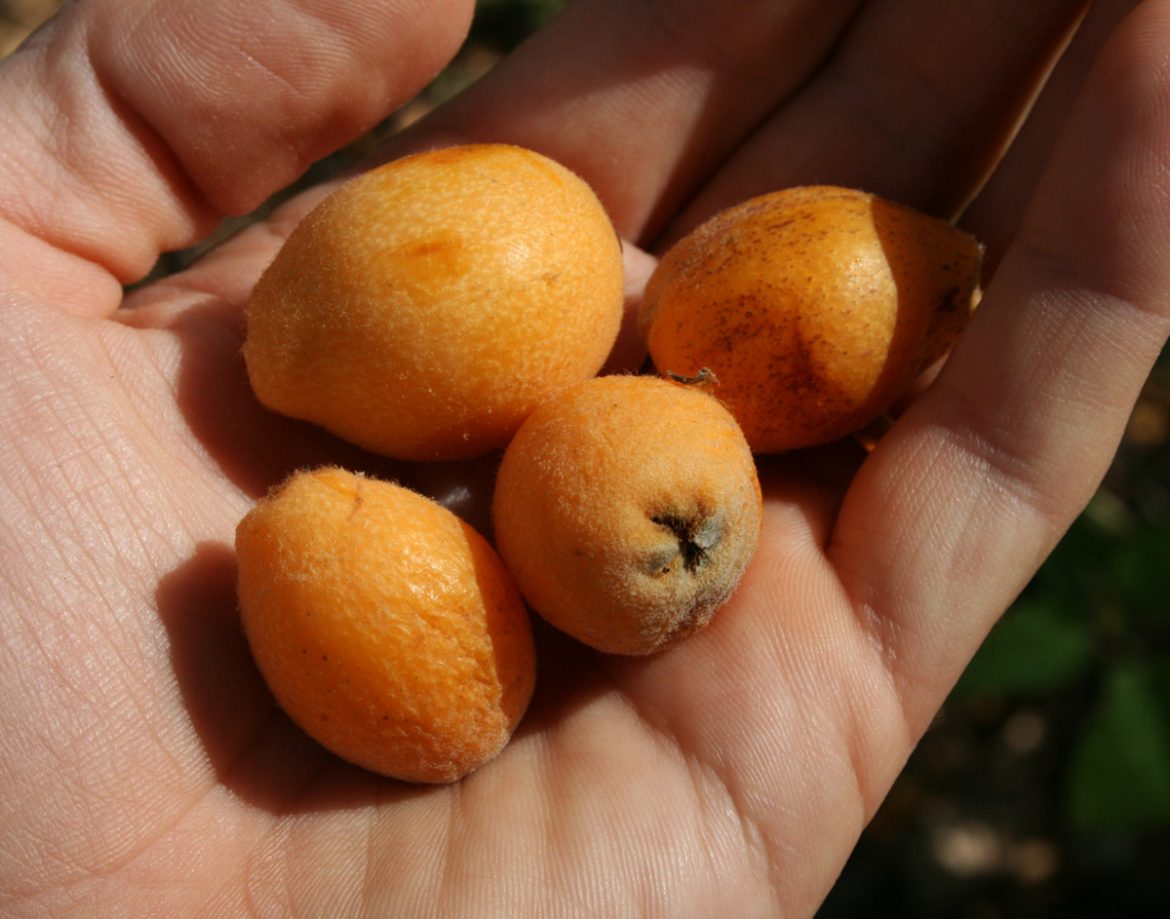I cover them in last night’s Goodstream:
I keep coming back to these three fruit trees. Mulberry, loquat and persimmon. They don’t get near the recognition they should, yet all three are easy-to-grow, productive, and beautiful.
I share a lot more on range and varieties in my talk. And Rachel joined me for the end of the stream, plus we got to ban an idiot from the comments, which is always enjoyable.
Today I’m back over at my land, working on a shed. It was scorchingly hot yesterday so I didn’t get past building the foundation. Maybe I’ll have better luck today.


5 comments
Hey David ,
Will a improved Loquat seed give me an improved tree?
Sid
It is likely.
too true about all 3. one thing you may not know, is the impressive protein content of Mulberry leaves especially–up to 28%. this is something that is of great use in a Holistically Managed and/or a Permaculture set-up, because these trees/the foliage can be so easily pollarded or coppiced for animal forage to HUGELY increase nutrition, and avoid feeding them so much legume )which is ok in season, but should never be more than 20-30% of their diets.) also you likely know that humans can also eat the leaves, so that amount of protein and minerals, is super useful in this tree genus, Morus, which is ever so giving for so little effort on our parts.
my question is always which Morus species (alba/rubra/nigra) for Mediterranean zone 9 is best? there is so much conflicting info out there…
We could grow all three types in North Florida zone 9, but the red was very big and the berries weren’t as good. Probably the black or white would be better for coppice systems.
ok thanks-
we have no humidity in mediterranean zone 9, and rainfall 15-25 inches in winter only. does that make a difference as to white or black? re-drought tolerance, and tolerance of wet feet in their dormant phase?
Comments are closed.